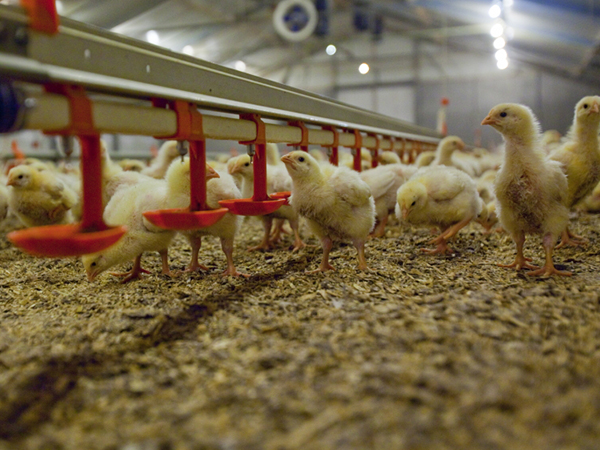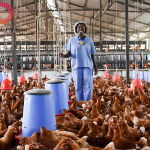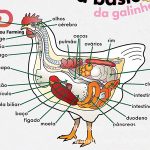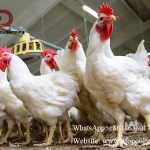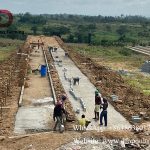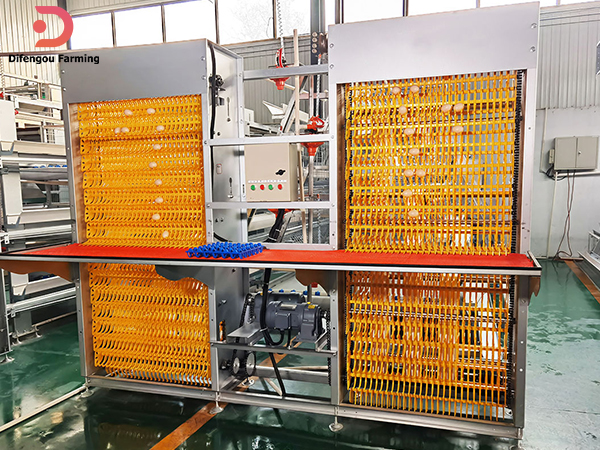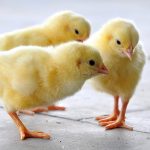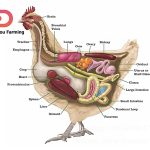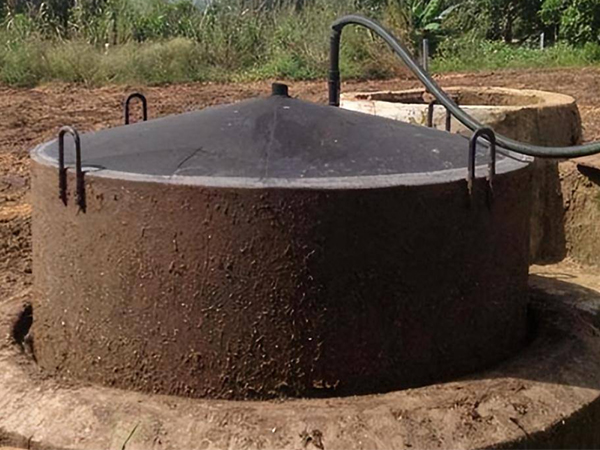Poultry drinking line hygiene and cleaning
In some large-scale chicken farms, the requirements for drinking water equipment are very strict, Usually professional drinking water line equipment will be used. That equipment has multiple functions such as immunization and medicine administration, reduces labor costs, and makes it more convenient and fast to supply sufficient water supply. However, the water line equipment is easily appear dirty and blocked phenomena, and if not handled in time, it will also affect the flocks. So how to clean and disinfect that equipment? Let’s learn together.
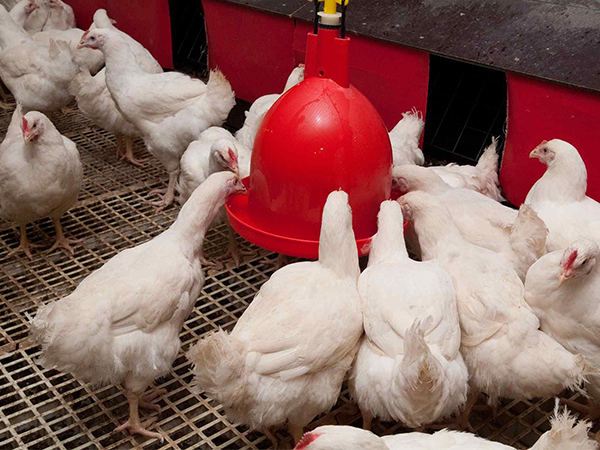
1. Water source quality control
The depth of the drinking water wells in chicken farms should be more than 100 meters, and can’t use the surface water directly (bacteria in surface water will seriously exceed the standard, especially if drinking water appliances are not cleaned in time, and the number of terminal pathogenic bacteria is countless).
2. Choose the most suitable cleaning and disinfectant for your farm
Choose the disinfectant that can effectively dissolve biofilm, mucus, and fouling. According to the different disinfection effects and use costs. Sodium dichloroisocyanurate powder (30% available chlorine) and 6.5% chlorine dioxide were selected for waterline immersion disinfection.
3. The process of water pipeline immersion cleaning during the empty house period
1)Open the water line and completely drain the water inside it;
2)Add sodium dichloroisocyanurate powder (30% available chlorine) (125g to 200kg water) into each water tank, add fresh clean water to mix it well, and close the straight waterline valve at the same time.
3)Open the valves at both ends of the water line, release the clean water, and open the valve connected to the water tank, press the last nipple at both ends of the water line to smell the chlorine smell, close the valve, soak, and disinfect for 4 hours, this will kill residual bacteria, And further remove residual biofilm;
4)After soaking and disinfection, close the water outlet valve of the water tank, open the drain valve of the water tank, discharge the remaining disinfection solution, and open the water inlet valve of the water tank, Rinse the water tank, at the same time, close the valve of the straight pressure regulating valve, open the valve of the straight water line (direct water line without passing through the pressure regulating valve), then open the valves at both ends of the water line, release the disinfection solution, and then rinse the water line with 1 to 2 cleaning sponge balls ;
5)The pipeline from the well to the chicken house should also be thoroughly cleaned and disinfected. It is best not to rinse the pipeline in the house with the water in the pipeline outside the house. The water pipe should be connected to the cannula of the dosing device and backwashed the pipeline outside the house;
6)The flushing water should contain disinfectant at the same concentration as the drinking water of the chickens during the breeding period. Sodium dichloroisocyanurate powder is used for drinking water disinfection (the effective concentration of residual chlorine is 3 to 5 ppm inside the disinfectant water).
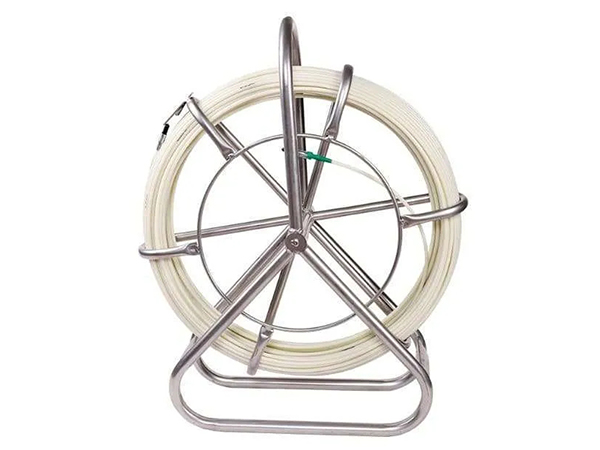
4. The process of water pipeline immersion cleaning during the brooding period(The operation should be done during the nighttime)
1)Check whether the sewage connection pipes at both ends of the water line are functioning normally, and whether the connection with the water line is smooth;
2)Add sodium dichloroisocyanurate powder (30% available chlorine) (125g to 200kg water) or 6.5% chlorine dioxide (500g to 200kg water) to each water tank, add clean
freshwater to mix it evenly, and close the straight water Line valve;
3)Turn off the light for 30 minutes or adjust the height of the waterline to a height that the chicken cannot reach;
4)Open the valves at both ends of the water line, release the clean water, open the valve connected to the water tank, press the last nipple at both ends of the water line to smell the chlorine, close the valve, soak, and disinfect for 30 minutes;
5)Close the water outlet valve of the water tank, open the drain valve of the water tank, drain the remaining disinfection solution, open the water inlet valve of the water tank, rinse the water tank, and close the valve of the direct pressure regulating valve, and open the valve of the straight water line (water should directly go through the water line without pass the pressure regulating valve ), then open the valves at both ends of the water line, release the disinfection solution, and rinse with 1 to 2 sponge balls
6)After the waterline is soaked, disinfected, and rinsed, the inflowing water source must be fresh and chlorinated (the concentration of residual chlorine at the end of the waterline is 3 to 5 ppm). If checked with a redox potentiometer, the reading number should be at least 650.
5. The waterline disinfection during the rearing stage
Dissolve the solution first (sodium dichloroisocyanurate powder or acidulant), Use a dosing device to join the waterline, Make the final concentration of sodium dichloroisocyanurate powder (effective chlorine is 30%) 33 ~ 40mg / L (the concentration of residual chlorine at the end of the waterline is 3 ~ 5ppm); the final concentration of using an acidifier is 1mL / L. When using other drugs or vaccines, stop adding disinfectant to drinking water.
The above is the cleaning and disinfection method of the drinking water line equipment for the chicken farm. It should be noted that the precise disinfectant dosage must be controlled when using it, and please don’t do disinfection at the time if there are other drugs or vaccines in the water.
